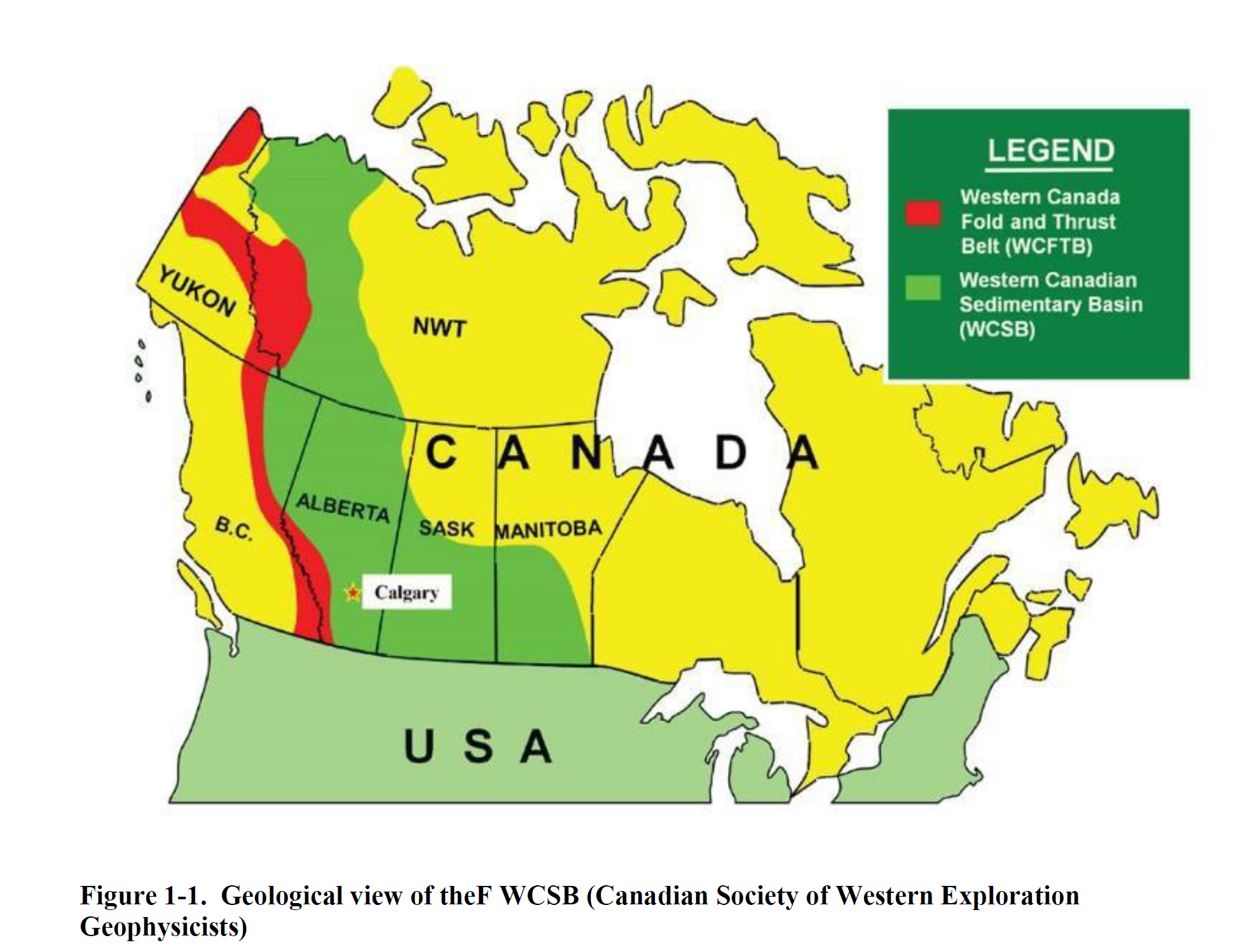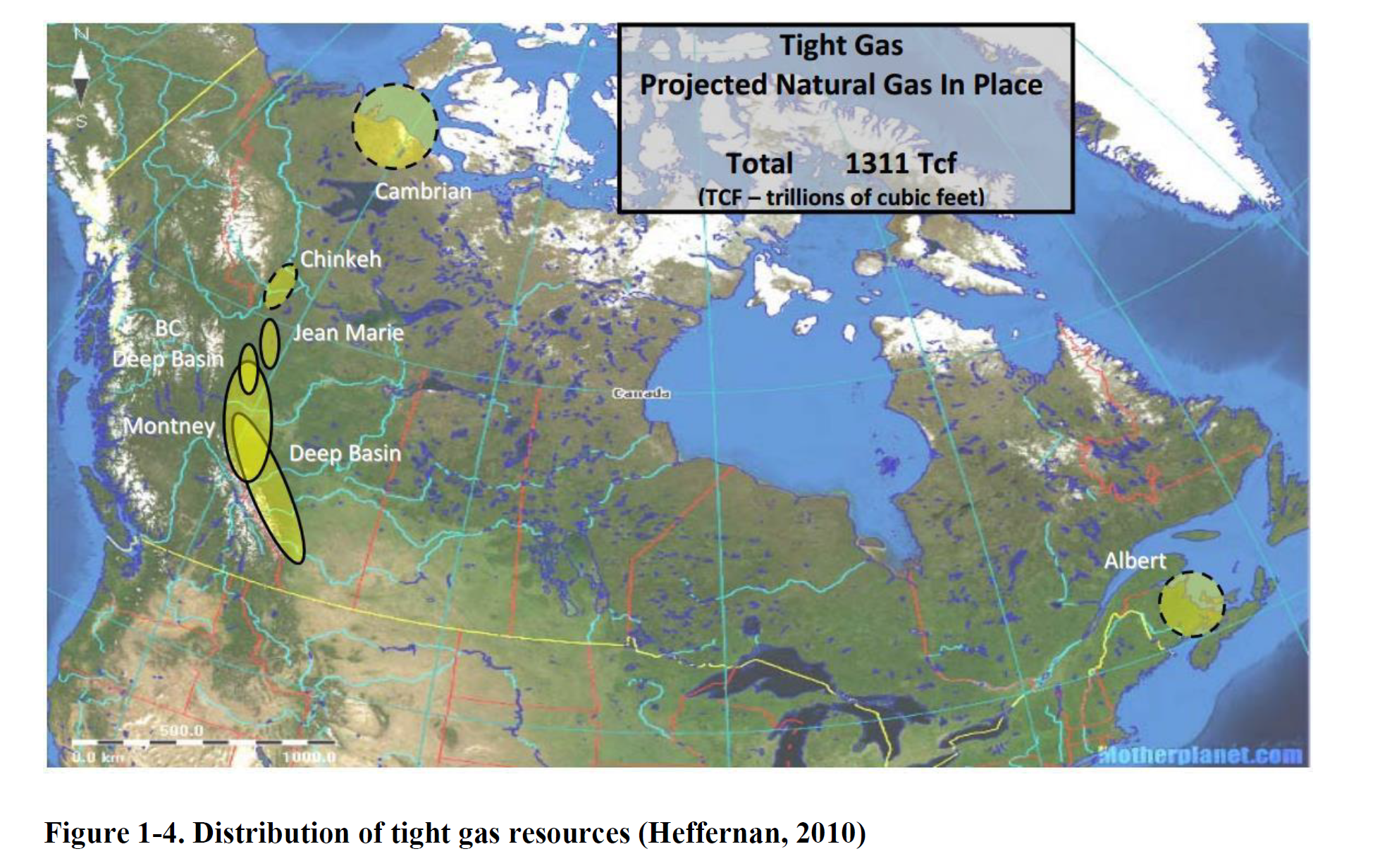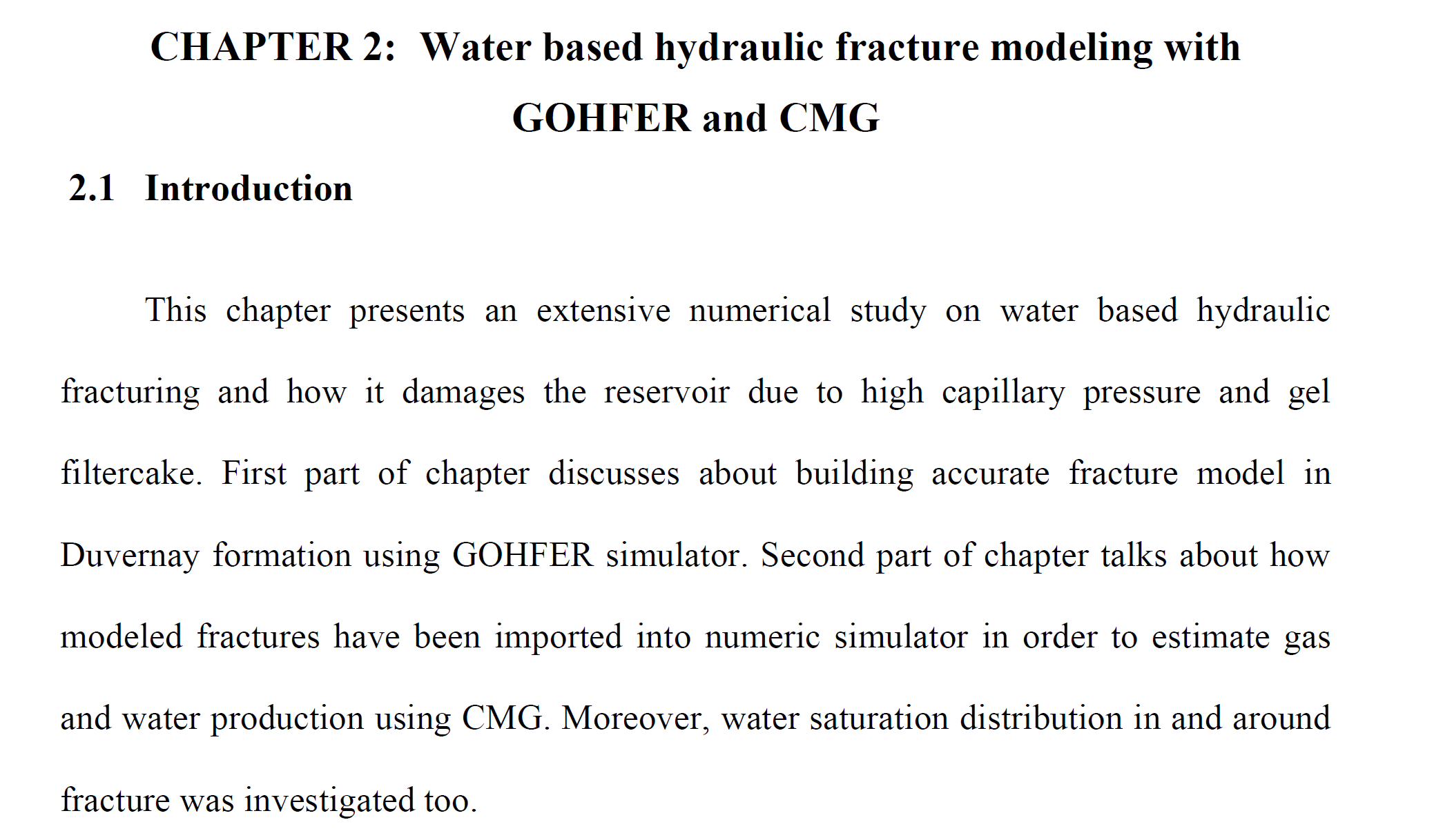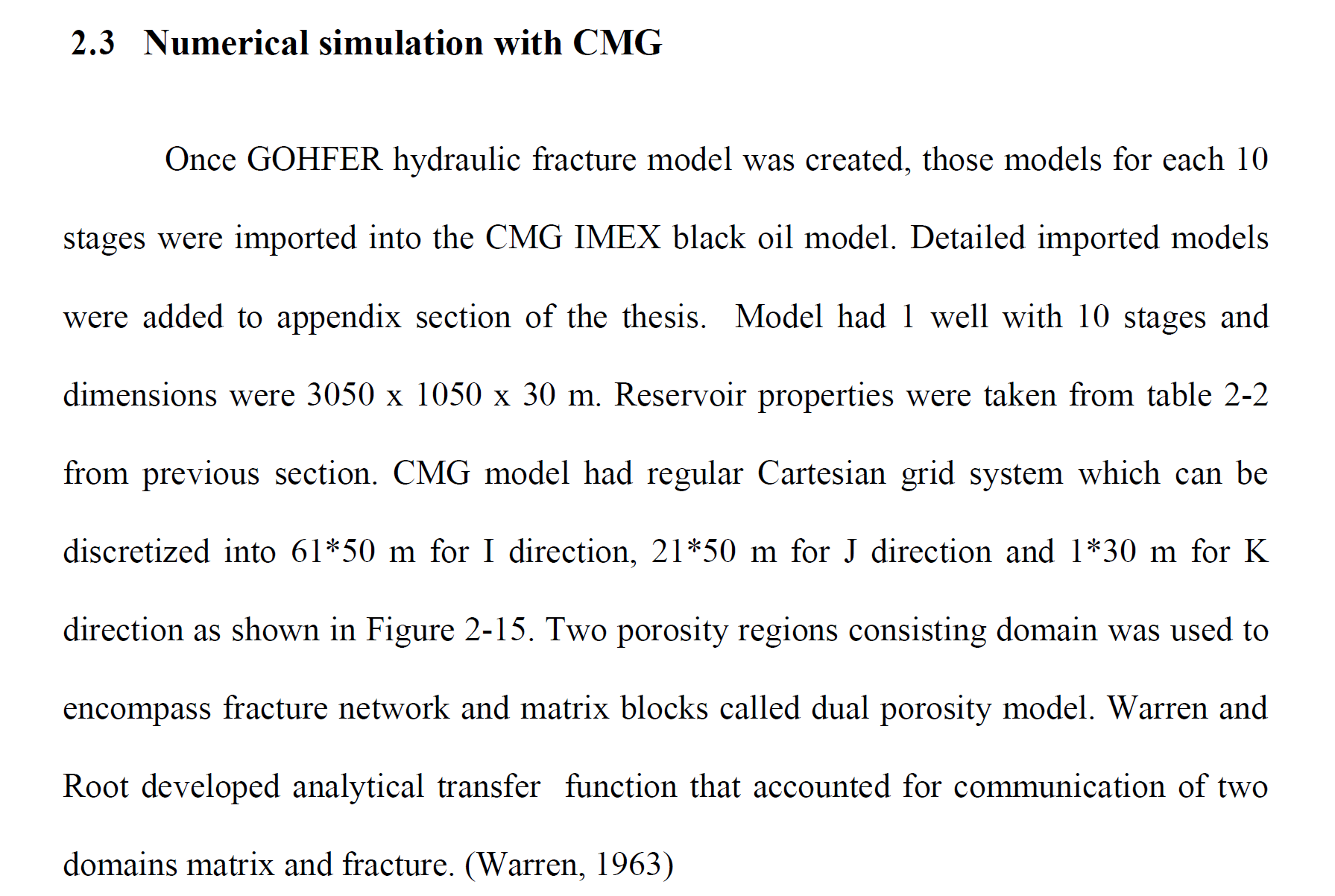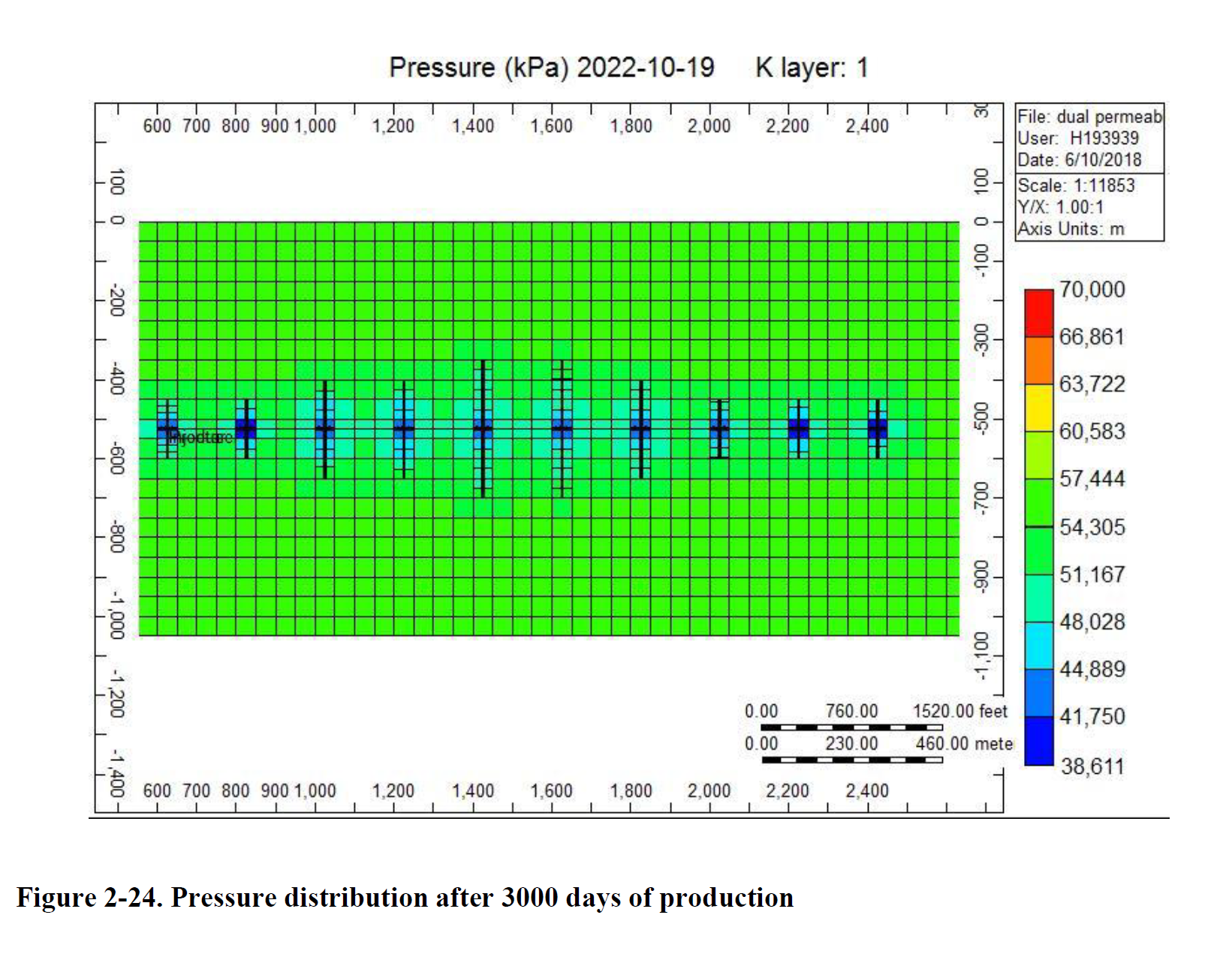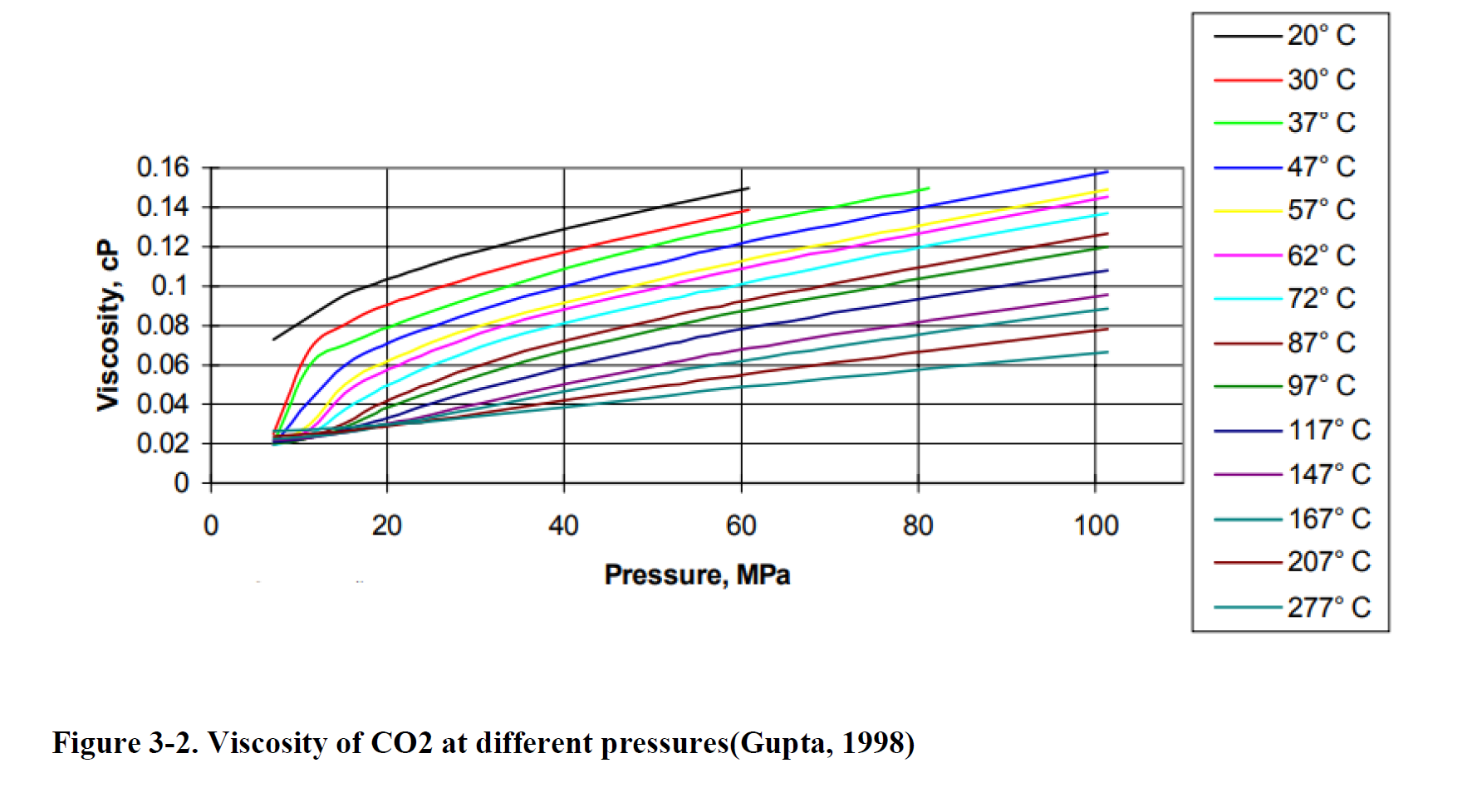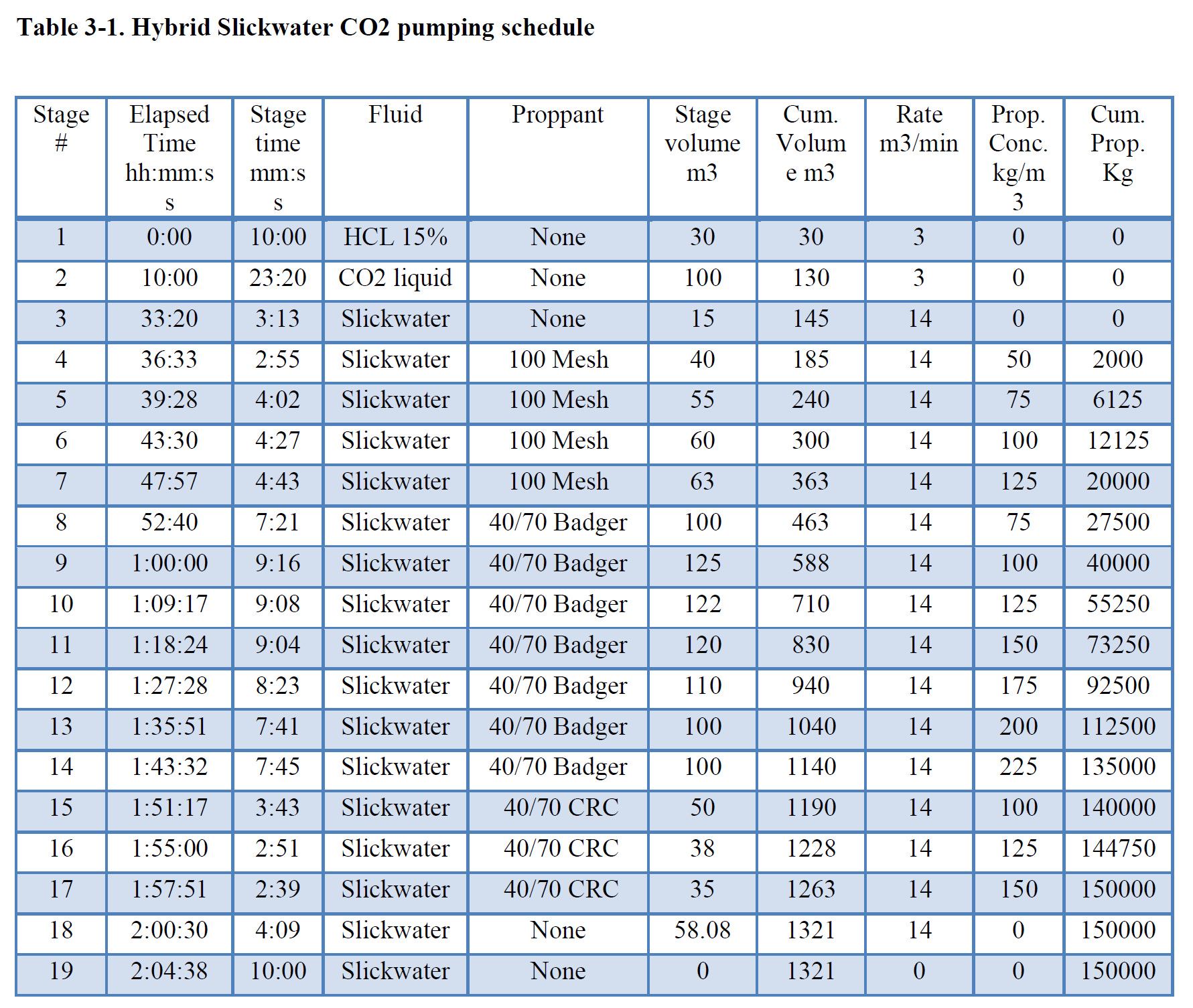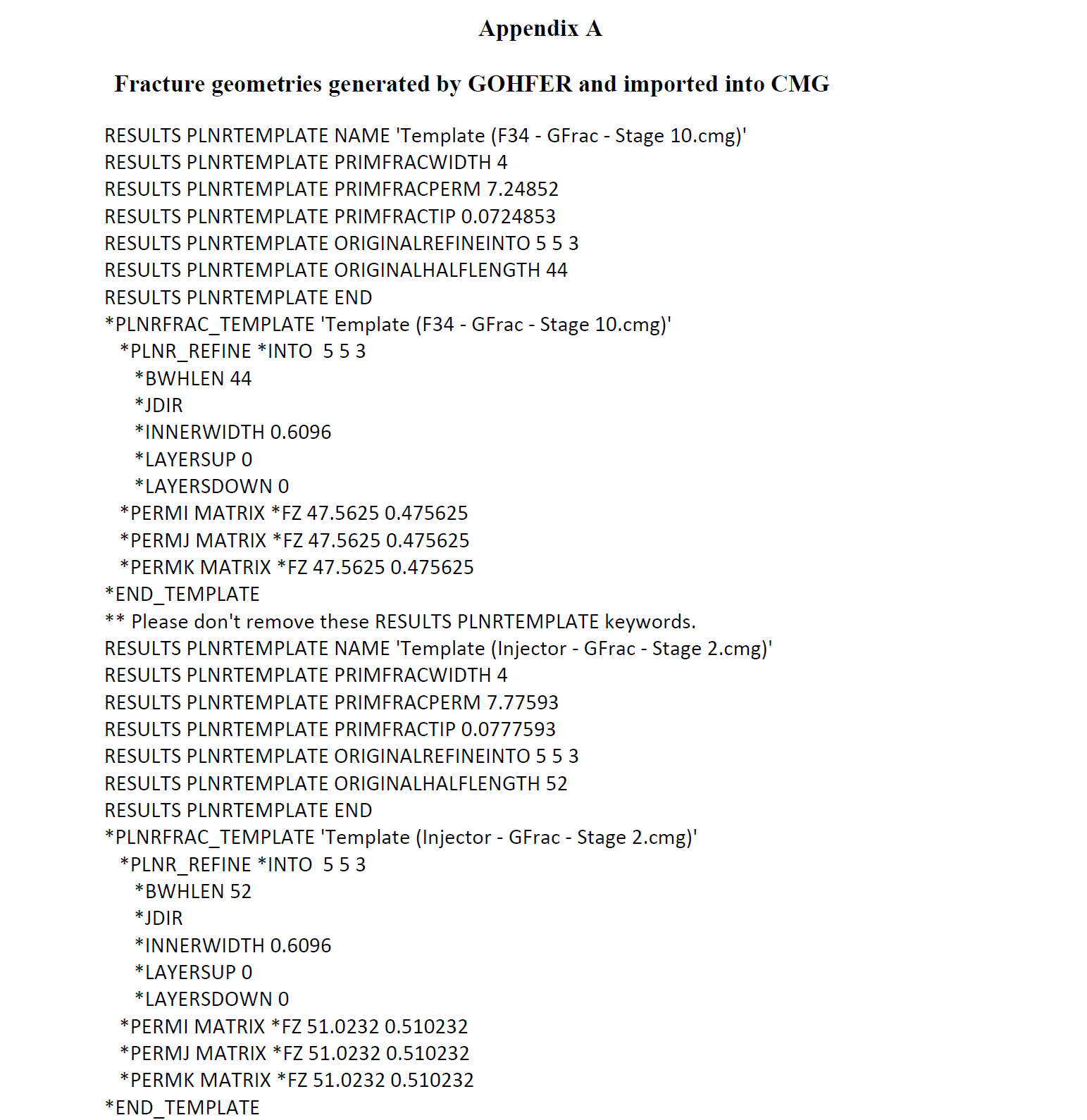Comparison Study of Liquid CO2 and Water as a Fracturing Fluid for Improved Gas Production in Tight Reservoirs
Abstract
Nowadays, Western Canadian Sedimentary Basin’s unconventional tight reservoirs are enjoying technology development like horizontal drilling and hydraulic fracturing. Hydraulic fracturing substantially improves production however it is crucial to understand how fracture growth and production comparison when different fluid systems like water and CO2 based systems are being used.
In this thesis, based on tight reservoir model in WCSB, firstly we have reviewed how conventional water based hydraulic fracturing damages formation and affects recovery of the fracturing fluid back to surface. Then reservoir simulation software GOHFER coupled with rock geomechanics has been employed to perform dynamic hydraulic fracturing for predicting hydraulic fracture dimensions and simulating fracturing liquid distribution. Models with slickwater, hybrid slickwater and pure CO2 models were created in order to compare effect of CO2 on fracture propagation.
Results showed that using liquid CO2 as a fracturing fluid gave the longest fracture width, but due to low viscosity CO2 has low proppant carrying capacity. As a result, propped fracture length was shorter than slickwater case. Also, different amount of proppant was pumped for pure CO2 case in order to see how that affects fracture geometry. The higher proppant amount the larger was maximum fracture width and slight increase in average fracture width.
Once accurate GOHFER models were generated, they were imported to create a CMG models in order to predict gas production and compare all three models. Pure CO2 case gave the best production performance, hybrid the second best and base slickwater case gave the least amount of gas production. Tight low permeability reservoirs have high capillary pressure and due to that factor water is trapped in pores. Trapped water was very hard to produce and prevented gas to travel towards the fracture which was investigated in this research.
This research delivers new understanding on utilization of liquid CO2 as a fracturing fluid and can be reference for CO2 fracturing in unconventional tight reservoirs.
里贾纳大学
